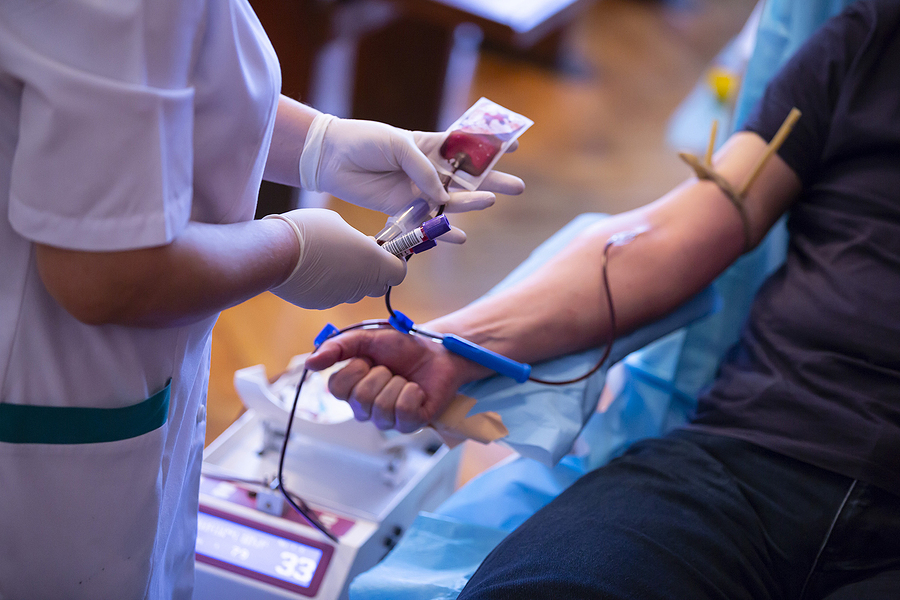America’s healthcare system is fraught with problems, including burdensome regulations and ballooning costs. Despite that, a corner of the industry has been allowed to flourish and outpace other countries: plasma donation.
The American approach — well-compensated, frequent donation — is unique. As a rare example of legal compensation, it allows for the highest frequency of donation. This makes America a powerhouse in international plasma markets: 65 percent of the global supply comes from the United States.
More than 55 percent of plasma collected in Europe comes from the four countries that allow compensation. Many countries that ban financial compensation to individual plasma donors rely on America to meet their plasma needs, with Canada and Britain most reliant on the United States.
Plasma is a critical resource in modern medicine. It is typically used to replenish blood and to treat patients suffering from shock or burns. Plasma is also used in cutting-edge treatments for autoimmune psychosis, eye health and regenerative bone growth. Developments in plasma-derived medicinal products have driven plasma demand increases in recent years. America’s regulatory permissiveness allowed it to dominate this critical medical market.
Aside from the benefits of a ready supply of plasma, compensation also has several economic and social benefits. In a recent report, economists found that opening a plasma-donation center in a city lowers the local crime rate by 12 percent. The effect of crime reduction is more pronounced in poorer cities and less so in affluent towns. New plasma donation centers particularly reduce drug and property-related crime by paying donors for their plasma and screening for drugs before donations.
Drug screening provides a strong incentive for donors to avoid using drugs. If someone fails the screening, they could be restricted from donating for six to 12 months. Potentially losing access to supplemental income from plasma donation for up to a year provides a strong incentive for regular donors to abstain from drug use.
Plasma donation in the United States pays well. Regular donors can make $400 a month if they donate twice a week. Since donation sessions last 90 minutes to two hours, that comes out to $25 to $30 per hour. This legal, readily available source of supplementary income is assumed to be the reason the centers reduce property crime in low-income areas.
Other research found that a nearby plasma donation center reduces young borrowers’ demand for payday loans by 13 percent. Plasma donation centers provide liquidity to help people manage their expenses and avoid high-interest debt. Overall, centers reduce the amount of high-interest debt held by Americans by $180 million to $227 million annually.
Plasma is critical for a variety of medical procedures. While groups like the World Health Organization advise against paying people for it, countries that do not allow compensation have to buy plasma from countries that do. Plasma donation is a rare case of regulatory permissiveness in America’s medical field. That freedom benefits Americans and others globally.


